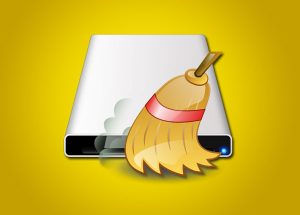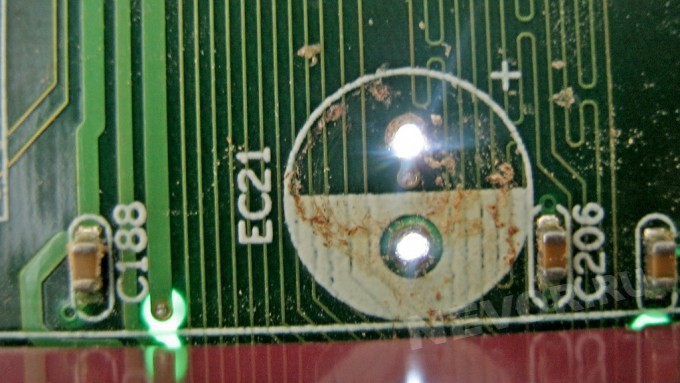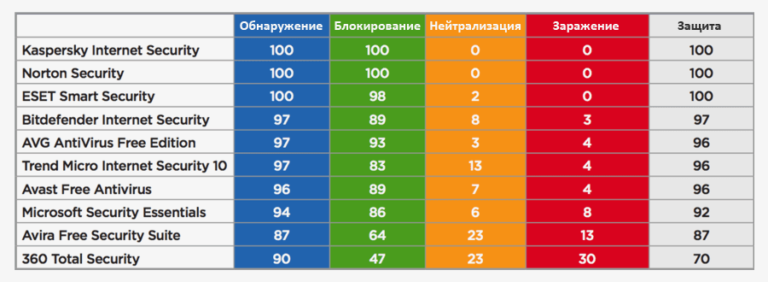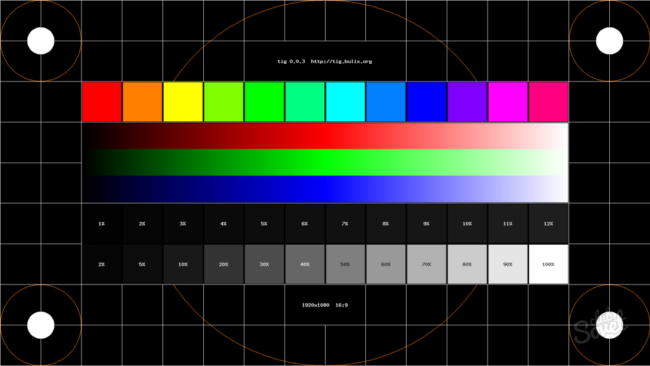How to free up disk space with Windows XP, 7, 8.1, 10
 How to clean a computer’s disk from garbage, junk, unnecessary files, free up disk space “C” in Windows XP, 7, 8.1, 10.
How to clean a computer’s disk from garbage, junk, unnecessary files, free up disk space “C” in Windows XP, 7, 8.1, 10.
In this article we will look at various ways to clean a disk and free up space on it in any operating system Windows XP, 7, 8.1, 10.
These recommendations apply to other versions of Windows. In Windows 2000, everything is done as in Windows XP, in Windows Vista – as in Windows 7, and in Windows 8 – as in Windows 8.1.
Content
1. Where does the disk space go?
In the process of computer operation, system updates, installing programs, visiting websites and other actions, many unnecessary files are accumulated on the disk, which are often called garbage or junk. In addition, we often download some files ourselves, and then, when they are no longer needed, we forget about them.
Excess files not only take up disk space, but also reduce system performance. The disk searches for the necessary files longer, and some of them may take up space in RAM and use processor resources. In addition, viruses often like to sit in temporary files.
For stable, fast and reliable computer operation, it is necessary to keep the disk clean and tidy. Now the issue of lack of space on SSDs is also urgent, the volume of which is very limited.
In this article we will try to comprehensively solve the problem of low disk space. To achieve good results, we recommend that you read the full article and follow all the tips in the order in which they are presented.
2. Removing unnecessary programs and games
First of all, delete all programs and games that you no longer need. This will not only free up disk space, but also speed up the system.
Press the key combination “Win + R”, enter “appwiz.cpl” and press “Enter” or use the shortcut “Uninstall programs” from the “Links” section.
In the window that opens, carefully review the list of installed programs, games, and delete all that you are unlikely to use in the near future.
Uninstall programs on Windows
To remove a program, right-click on it and select “Delete”.
Do not delete what you don’t understand or if you’re not sure.
After that, manually find and delete the folders with the saved games, as they can take up a lot of space. It’s easy to find out where to save a game by searching the Internet.
Many online games also retain their distributions (installation packages) for updates that are no longer needed, but take up a lot of space. For example, the game center Mail.Ru saves distributions in the “Distrib” folder, and the game “World of Tanks” in the “Updates” subfolder. Files in such folders can occupy tens of gigabytes and can be safely removed.
3. Search and delete unnecessary files
It often happens that some old junk files take up a lot of disk space, but we forgot about them and don’t know where they are. In order to find them, I recommend using the TreeSize Free utility, which you can download in the Links section.
After starting, the program will scan your disk, determine the sizes of files, folders and sort them by size.
Treeseize free
So it will be easy to determine in which folder the files that occupy the most space are located. Delete all files that you no longer need. If you think you may still need some of them, burn them to disk. The disk for scanning (C, D, etc.) is selected in the “Scan” menu.
You can transfer large and rarely used files (disk images, installers of programs, videos, etc.) to an external drive, which is also useful for storing a backup of the system and personal files.
4. Transfer files and folders of the user
If you have a second drive or partition (for example, drive “D”), first of all transfer to it all files from the desktop and user folders such as “My Documents”, “My Music”, “My Videos”, etc. ., since all of them are physically located on drive “C”.
Files can be moved manually by creating folders for them on another drive or partition in advance. But it’s more correct to change the location of user folders using the operating system. Then all new files that you or any programs will save on the desktop and in user folders will automatically go to another disk partition without causing the system partition to overflow.
4.1. Transferring user folders in Windows 7, 8.1, 10
Go to the folder “C: \ Users \ Name”.
User Folders in Windows 7, 8.1, 10
Right-click on the “My Documents” folder and go to the “Location” tab.
Old folder location
Replace the drive letter with the one where you want to move the folder (for example, “D”) and click “OK”.
New folder location
Accept the file transfer, and then repeat all the steps for the Desktop folder and other user folders.
4.2. Transfer user folders in Windows XP
In Windows XP there is no function to automatically move user folders and we will use the special utility “XP Tweaker”




